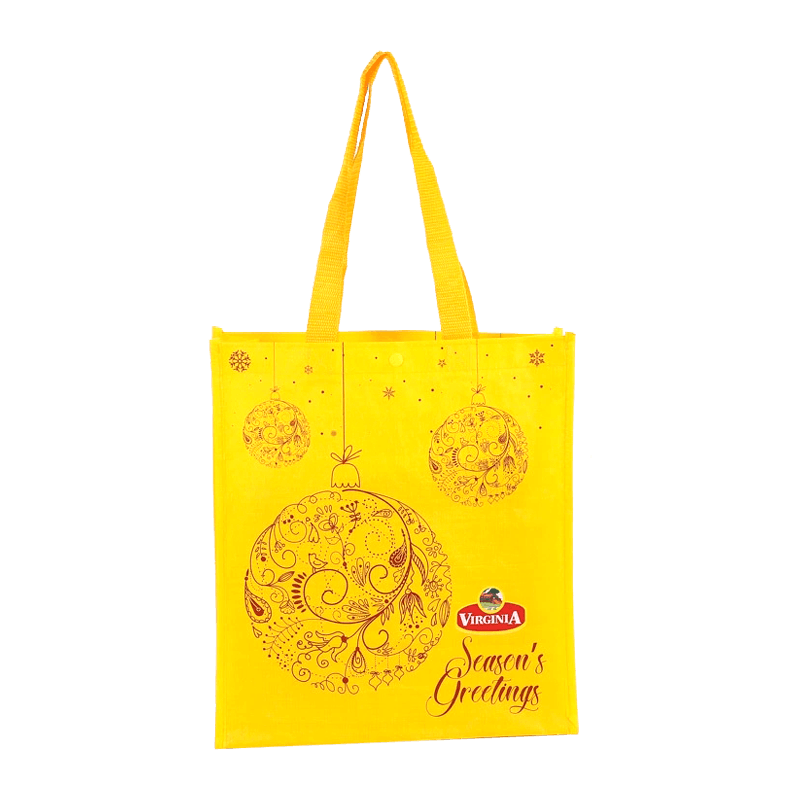The debate over the durability of reusable shopping bags often centers on the thickness of the material. Consumers are increasingly concerned with the sustainability and longevity of their shopping bags, especially as they transition towards eco-friendly alternatives. With the rise in popularity of non-woven reusable shopping bags and the quest for durable reusable shopping bags, we set out to explore the correlation between bag thickness and durability. This comprehensive article delves into the factors that contribute to the durability of grocery bags and whether a thicker bag truly offers greater longevity.

When it comes to non-woven reusable shopping bags, thickness is often perceived as an indicator of strength. However, is this assumption accurate? The materials used to create durable reusable shopping bags can vary, and thickness alone does not guarantee durability. The composition of the material, the weave or knit structure, and the presence of reinforcing elements such as stitching, handles, and seams all play a significant role in a bag's overall strength and durability.
To truly evaluate the durability of reusable shopping bags, we must consider performance tests that simulate real-world use. These tests include weight capacity tests, tear strength tests, and UV resistance tests, which assess how well bags withstand exposure to sunlight and weathering. While thicker non-woven reusable shopping bags may appear more robust, these tests reveal that the quality of the material and the bag's construction are equally, if not more, important.
In a comparative analysis of thin and thick non-woven reusable shopping bags, we find that thinner bags can be just as durable as their thicker counterparts, provided they are made from high-quality materials and are well-constructed. Thinner bags have the added benefit of being lightweight and easier to transport, which can be a significant advantage for consumers carrying heavy loads. On the other hand, thicker bags may offer better insulation properties, which can be a deciding factor for those who prioritize temperature retention for groceries or other temperature-sensitive items.
The environmental impact of durable grocery bags is another crucial aspect of the durability debate. Thicker bags, while potentially more durable, may consume more resources during production, potentially offsetting their environmental benefits. In contrast, thinner, well-made bags can offer a sustainable solution when they are designed with longevity in mind, reducing the need for frequent replacements.
User experience is a key determinant of a bag's perceived durability. A bag that is uncomfortable to carry or difficult to clean may be deemed less durable by consumers, regardless of its actual material strength. Therefore, the design of durable reusable shopping bags, including features like easy-clean surfaces, ergonomic handles, and convenient storage options, plays a significant role in their overall appeal and practicality.
The durability of reusable shopping bags is not solely determined by their thickness. While thicker non-woven reusable shopping bags and durable grocery bags may appear more robust, the actual durability depends on a combination of factors, including material quality, construction, and design. As consumers become more discerning in their choice of reusable bags, manufacturers must focus on creating durable reusable shopping bags that combine strength with practicality, comfort, and environmental responsibility. It is through this holistic approach that we can ensure the longevity and sustainability of our reusable shopping solutions.



 English
English Español
Español عربى
عربى







